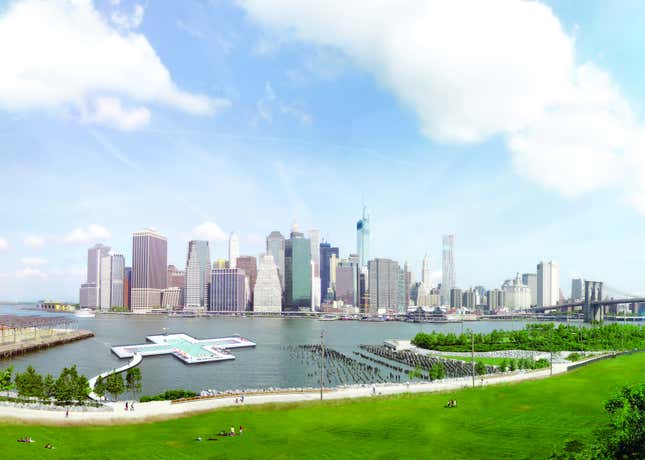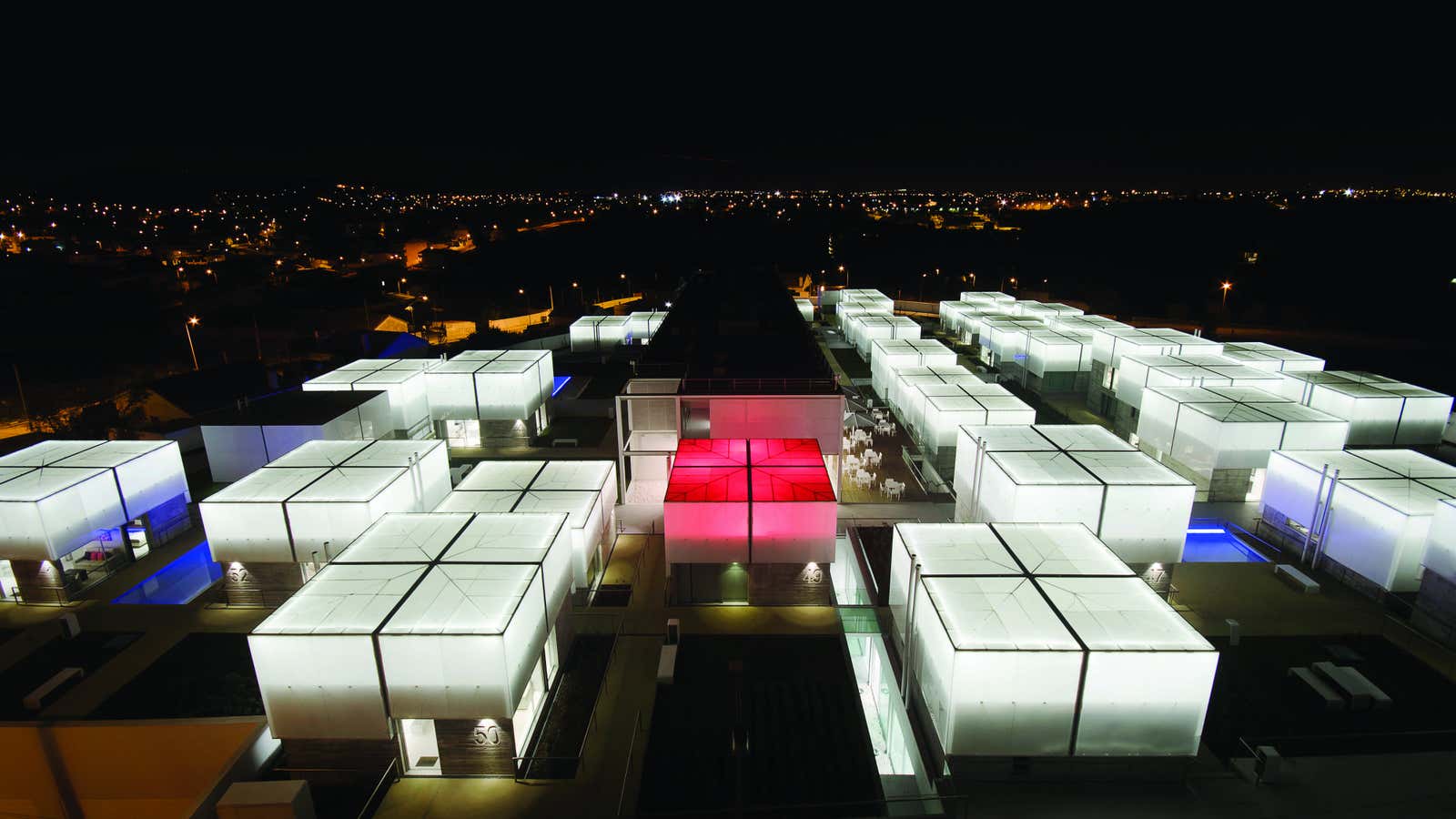Can super highways make good houses? Can skyscrapers bend over? Can you swim in poop?
These are some of the questions that Harvard-trained architect Marc Kushner makes in his new book The Future of Architecture in 100 Buildings.
Spoiler: The answers are mostly going to be yes. More on that in a moment. First, let’s examine what’s perhaps an even more debatable subject the book raises, about who will determine the future of architecture.
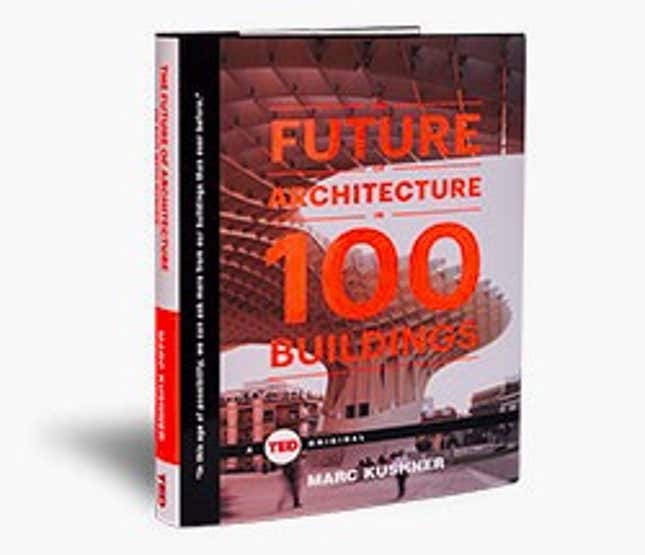
Kushner argues that professional architecture critics, and even architects themselves, will need to make room for a new set of influences: tweets, Instagram posts, and Facebook chatter, which Kushner says will play an important role in the design of buildings. As he has argued before in the blogosphere:
Architecture is on the verge of a golden age, but it feels like a crisis to the encroached critics and taste-makers whose power is being wrested away by the public—the people who actually use architecture. This fundamental shift in architecture is happening thanks to social media.
“Social media has awoken the public’s interest in architecture—and the timing could not be better,” says Kushner. In a March 18 press briefing at the TED Conference, he explained that while building projects typically are influenced by boards populated by retirees who have the time to attend committee meetings, social media has ushered in a broader—perhaps younger—demographic that is excited about architecture.
While the book doesn’t quite answer exactly how or to what extent social media will actually play a role, its genius, (much like that of Architizer, the popular architecture online catalogue that Kushner co-founded) lies in the dazzling picture showcase of building projects, reframed with imaginative questions that hearken burgeoning concerns—a future-focused flipbook of possibility and innovation.
And while the layout of the book doesn’t provide graphic clues that link back to Kushner’s social media polemic—no # or @ or emoji-flecked commentary—imaginably each page in the book could be seen as a frame from a social media scroll, an answer (or partial answer) to 100 questions Kushner raises about the future of architecture.
Here’s a sample of his question-and-answer sets. We’ve paired each with a photo we found on Instagram that helps illustrate the point:
Can super highways make good houses?
“This house [in Madrid, Spain] awakens us to the scale of our transportation infrastructure. It’s made using huge precast concrete beams that are traditionally fabricated for highway construction.”
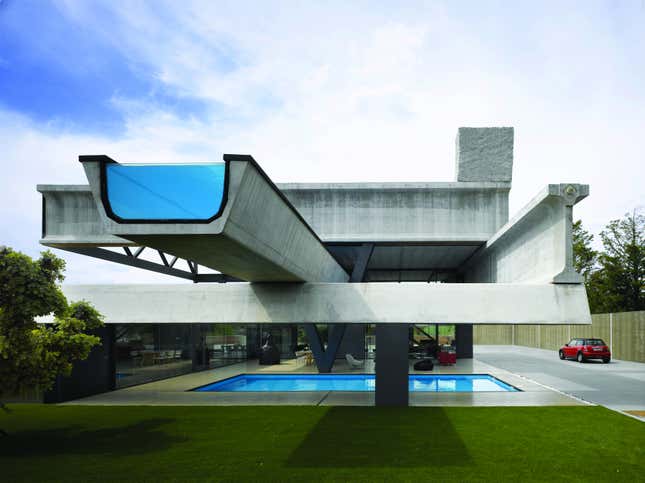
Can paint unite a city?
“This public artwork project began in 2010 as a collaboration between Dutch artists Jeroen Koolhaas and Dre Urhahn and a local team in Rio de Janeiro’s Santa Marta favela—favelas are Brazilian slums or shantytowns—turning it into a more vibrant, appealing place.”
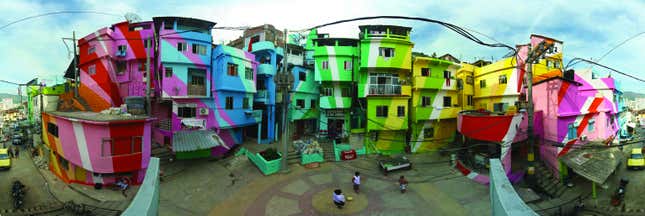
Can historic cities have futuristic public spaces?
“Metropol Parasol was the winning scheme in an international competition that manages to protect the ruins, provide space for shopping and cafés, and create a grand new public square for the still-vibrant city.”
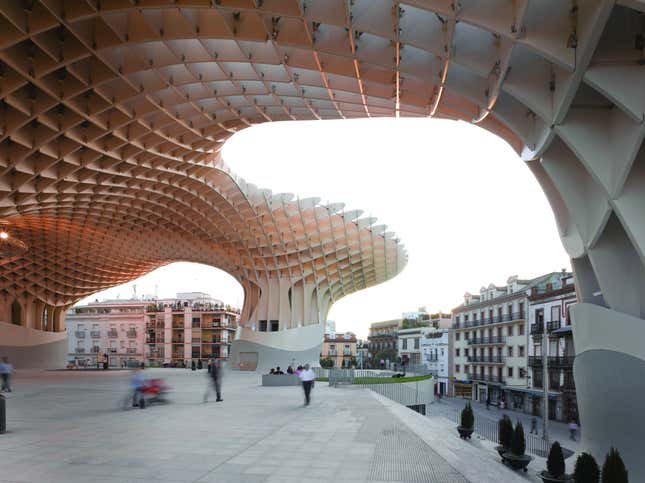
Can skyscrapers bend over?
“The new headquarters for China Central Television (CCTV) combines the entire process of TV-making—administration, production, broadcasting—into a single loop of connected activities.”
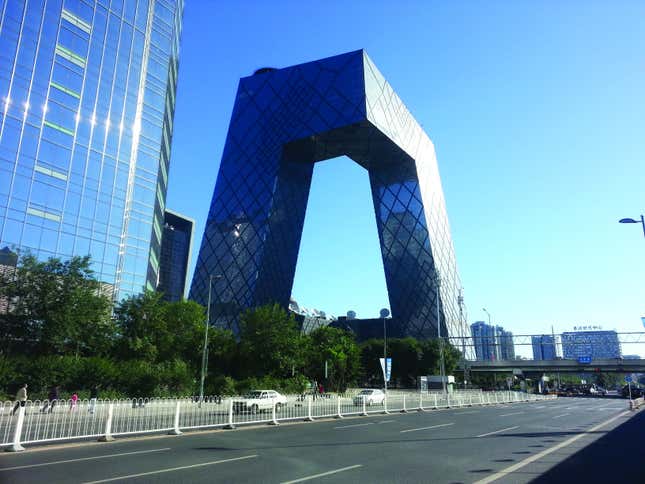
Would you die here?
“This unique housing complex for the elderly reflects Portugal’s cultural emphasis on quality of life.”
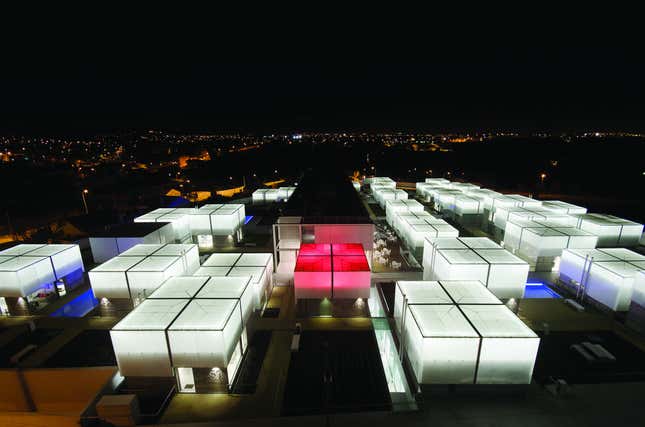
Can you swim in poop?
“New York City is surrounded by water, but you wouldn’t want to swim there—the city drains effluent directly into its rivers every time it rains. That’s all going to change thanks to a crowdfunded initiative to build the world’s first water-filtering floating pool.”
